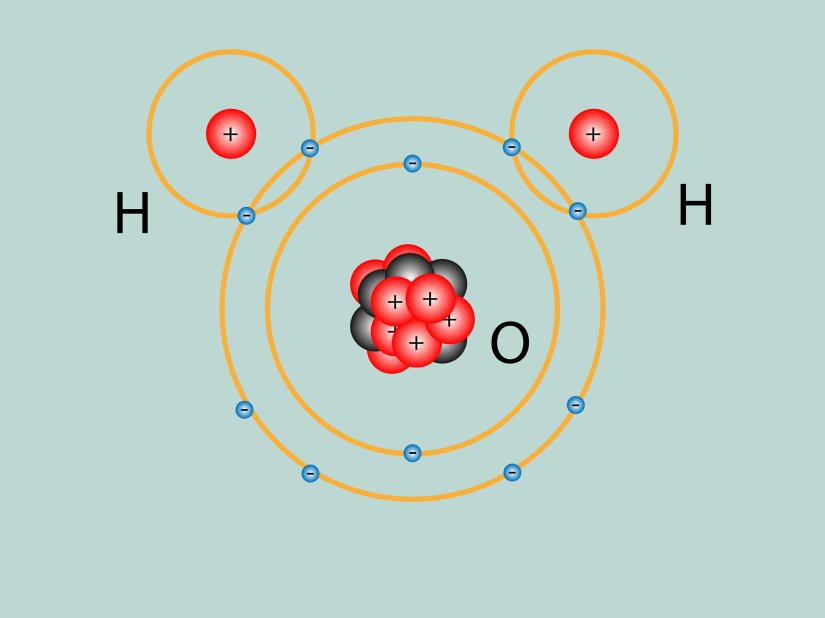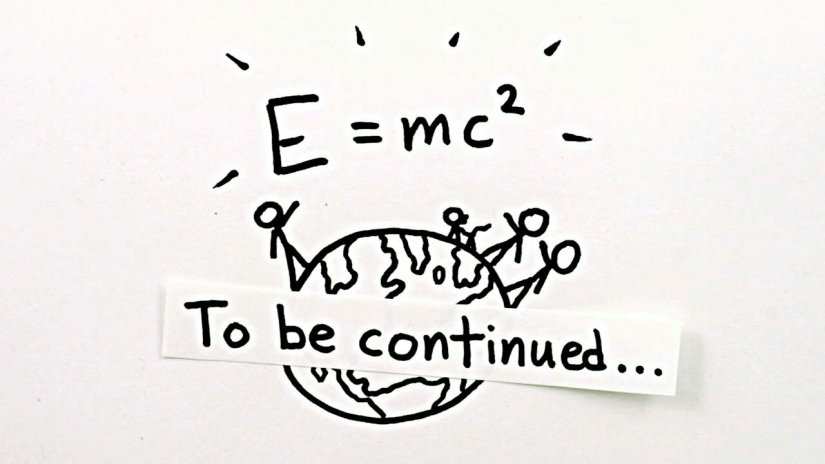A hydrogen atom has less mass than the combined masses of the proton and the electron that make it up. That’s right, less.
How can something weigh less than the sum of its parts? And today I am going to give a brief idea on this in this article.❤
E=MC^2 is probably the most famous equation in all of physics, but in his original 1905 paper Einstein actually wrote it down differently as “M= E/C^2”
That’s because at its core, this cornerstone of physics is really a lesson in how to think about what mass is.
You’ll often see statements like “mass is a form of energy or “mass is frozen energy” or “mass can be converted to energy” That’s the worst one.
–
Unfortunately, none of these statements is quite correct, so trying to make sense of them can be frustrating so i think instead we can get a better sense of what “M=E/C^2” means if we start with some things that it implies that seem at odds with our everyday experience of mass.
Here’s a pretty mind blowing one.
Even if two objects are made up of identical constituents those objects will not in general have equal masses
The mass of something that’s made out of smaller parts instead, the total mass of the composite object also depends on, one, how it’s parts are arranged and two, how those parts move within the bigger object.
Here’s a concrete example👇
Imagine two windup watches that are identical atom for atom except that one of them is fully wound up and running, but the other one has stopped.
According to Einstein, the watch that’s running has a greater mass.
Why?
Well, the hands and gears in the running watch are moving so they have some kinetic energy.
- There are also wound up springs in the running watch that have potential energy, and there’s a little bit of friction between the moving parts of that watch that heats them up ever so slightly so that its atoms start jiggling a little bit.
That’s thermal energy, or equivalently randomized kinetic energy on a more microscopic level ok got it?
Now what M=E/C^2 says is that all of that kinetic energy and potential energy and thermal energy that resides in the watch’s parts manifests itself as part of the watch’s mass.
You just add up all that energy, divide it by the speed of light squared, and that’s how much extra mass the kinetic and potential and thermal energies of the parts contribute to the whole.
Now since the speed of light is so huge, this extra mass is tiny, only about a billionth of a billionth of a percent of the total mass of the watch.
That’s why, according to Einstein, most of us have always incorrectly believed that mass is an indicator of the amount of matter in an object In everyday life, we just don’t notice the discrepancy because it’s so small, but it’s not zero.
And if you had perfectly sensitive scales, you could measure it.
So wait a second
Am I saying that individually, the mass of the minute hand is bigger because the minute hand is moving?
No,
That’s an outdated viewpoint
Most contemporary physicists mean mass while at rest or “rest mass,” when they talk about mass In modern parlance, the phrase “rest mass” is redundant.
There are lots of good reasons for talking this way, among them that rest mass is a property all observers agree about, much like the space-time interval.
This all gets a little bit more complicated
in general relativity, but we’ll deal with that another time.
For us, today, the ‘m’ in “M=E/C^2” is rest mass.
You can think of it as an indicator of how hard it is to accelerate an object or an indicator of how much gravitational force an object will feel.
But either way, a ticking watch simply has more of it than an otherwise identical stop watch
So more examples might help to clarify what’s going on here.
Whenever you turn on a flashlight, its math starts to drop immediately
.
Think about it The light carries energy, and that energy was previously stored as electrochemical energy inside the battery, and thus manifesting as part of the flashlight’s total mass.
Once that energy escapes, you’re not weighing it anymore.
And yes, since the sun is basically an enormous flashlight, its mass drops
Just by virtue of the fact that it shines by about 4 billion kilograms every second.
Don’t worry, Earth’s orbit is going to be fine
That’s just a billionth of a trillionth of the sun’s mass, and only 0.07% of the sun’s mass over its entire 10 billion year lifespan.
So does this mean that the sun converts mass to energy?
No
This isn’t alchemy
All the energy in sunlight came at the expense of other energy, kinetic and potential energy, of the particles that Make up the sun.
Before that light was emitted, there was simply more kinetic and potential energy contained within the volume of the sun manifesting as part of the sun’s mass.
Those 4 billion kilograms that the sun loses every second is really a reduction in the kinetic and potential energies of its constituent particles
What we’ve been weighing is the energies of the particles in objects all along.
We just never noticed it
Another example
Suppose that I stand with a flashlight inside a closed box that has mirrored walls
 And is resting on a scale Will the reading on the scale change if I turn on the flashlight?
And is resting on a scale Will the reading on the scale change if I turn on the flashlight?
Interestingly,no
The flashlight alone will lose mass, but the mass of the whole box and its contents will stay fixed.
Yes, it’s true that the scale is registering less electrochemical energy, but it also registering an exactly equal amount of extra light energy that we’re not allowing to escape this time That’s right, even though light is massless if you confine it in a box,it’s energy still contributes to the total mass of that box via M=E/C^2 That’s why the reading on the scale doesn’t change.
In every example we’ve done so far things have weighed more than the sum of the parts that make it up.
But at the top of the Article , I started that the mass of a hydrogen atom is less than the combined masses of the electron and the proton that make it up.
 How does that work?
How does that work?
It’s because potential energy can be negative Suppose we call the potential energy of a proton and electron zero when they’re infinitely far apart.
Since they attract each other, their electric potential energy will drop when they get closer together,just like your gravitational potential energy drops when you get closer to the surface of Earth, which is also attracting you.
So the potential energy of the electron and proton in a hydrogen atom is negative Now the electron in hydrogen also has kinetic energy, which is always positive, due to its movement around the product proton.
But as it turns out, the potential energy is negative enough that the sum of the kinetic and potential energies still comes out negative and therefore M equal E/C^2 also comes out negative, and a hydrogen atom weighs less than the combined masses of its parts.
Booyah!
In fact, barring weird circumstances, all atoms on the periodic table weigh less than the combined masses of the protons, neutrons, and electrons that make them up.
The same is also true for molecules ❤
Reference:
-Einsteinspaper http://einsteinpapers.press.princeton.edu/vol2-trans/189?ajax
Give best review on⤵
To contact the author of this journal: Satish Nayak at Nayaksitu200@gmail.com ❤
To contact the Editor responsible for this journal: http://www.facebook.com/Doyle.dad ❤












Wow, I really enjoyed reading this. I have a question though: since part of the mass of an object is from it’s kinetic energy, (the small Eext/c^2 term), it means that an objects mass is partially dependent on its velocity, correct? If that is correct, then velocity is relative to your frame of reference. So does this mean that mass is relative to your frame of reference? Or put in other words, is mass relative? If I’m not making sense, let me know. Thanks!
LikeLiked by 1 person
Of course it is.
If the mass of an object is M(O) in a coordinate system in which it is at rest , it’s mass as measured in a coordinate system moving at speed “v” with respect to it is “M(O) over root of 1 – V^2/C^2”
-here the invariant mass can also be calculated from
“M (O)C^2=root of E^2 – (PC)^2”
I guess you got a fair and square idea on this😊
LikeLiked by 2 people
You replied to this comment.
LikeLiked by 1 person
Nice to hear that…I’ll keep making science more easier😊
LikeLiked by 2 people